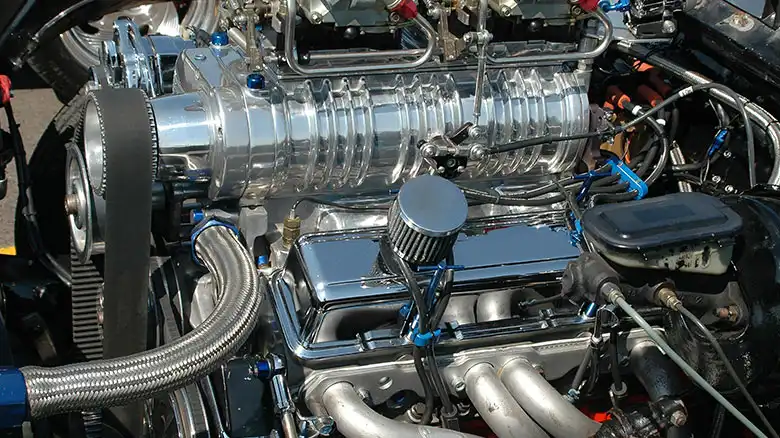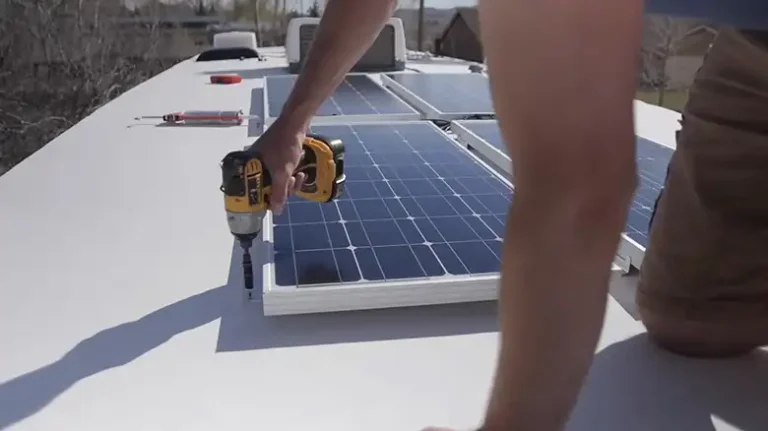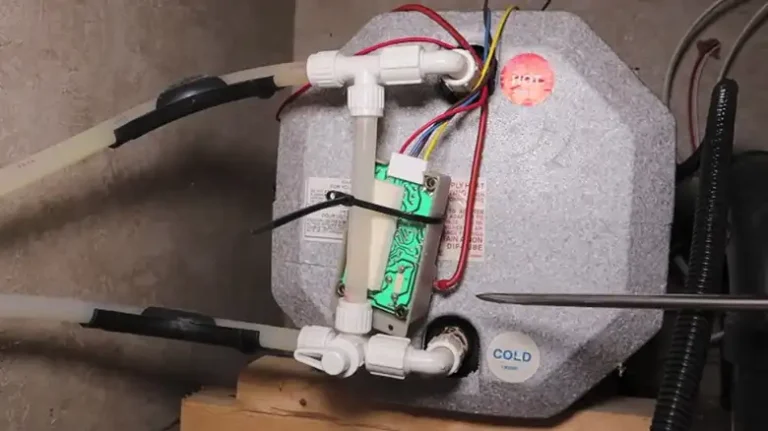Is MaxxForce a Good Engine?
International Truck and Engine developed the MaxxForce 7 diesel engine for use in heavy-duty trucks to provide power, efficiency, and reduced emissions. However, in practice, the MaxxForce 7 has proven highly troublesome for owners. Repetitive breakdowns, costly repairs, safety issues, and overall poor reliability have given the MaxxForce 7 a notorious reputation. The same goes for RVers, who adopted the engine.
Below, I will explain why the MaxxForce should not be on your wishlist for your next RV.

It Barely Meets RV Performance Needs
With its high torque and horsepower capabilities, the MaxxForce engine on paper should suit the demands of a heavy RV. Advanced emissions reduction technology also gave hope these motors could comply with environmental regulations. Compared to other diesel options, MaxxForce engines initially offered competitive fuel economy as well.
It has Recurring Mechanical Issues
In reality, exhaust gas recirculation (EGR) system issues routinely clog components and restrict performance in MaxxForce engines. Failed turbochargers leave RVs stranded roadside when these parts malfunction. Oil leaks from EGR coolers and connections create both mechanical problems and fire hazards.
Despite specialized emissions equipment, MaxxForce motors struggle to maintain strict current standards. This leads to frustrating, expensive breakdowns that require towing to a repair shop.
It is Unprepared for Rigors of RV Operation
With problems mounting, RV travelers spend far too much time and money on MaxxForce engine repairs. Repeat visits for sensors, gaskets, electrical shorts, and more make the MaxxForce a money pit. Complex machining inside these motors also drives up overhaul costs – sometimes exceeding that of replacement.
Class action lawsuits related to emissions systems defects in MaxxForce engines also indicate serious reliability issues. This doesn’t inspire confidence for those planning to log thousands of miles in their RV each year.
It is Discontinued by Navistar Itself
After years of headaches and repairs for RV owners, Navistar finally discontinued the MaxxForce engine line in 2013. Unhappy MaxxForce motorhome drivers likely applauded the decision. Navistar transitioned to using rival Cummins engines in their vehicles – a strong signal the company lost faith in MaxxForce reliability.
How to Tell if an Engine is a MaxxForce?
Determining whether an engine is the notorious MaxxForce series made by Navistar is straightforward in most cases. Start by popping the hood and scanning for an engine serial number stamped into the block or a metal tag attached to the components. Cross-check this number against databases to see if it falls within the ranges assigned to MaxxForce motors. Also, inspect the emissions system – original MaxxForce engines used a Navistar brand EGR design which looks quite distinct. The engine’s advertised horsepower and torque parameters can provide clues as well since MaxxForce plants often produce over 300hp and high torque figures suited for heavy trucks.
Additionally, these motors frequently power International brand trucks and RVs like the Durastar, Transtar, and Prostar models. Talking to an experienced commercial diesel mechanic can provide another avenue for positively identifying markers that point to a MaxxForce mill. Following these guidelines makes recognizing these motors reasonably simple in the absence of labels or documentation.
Can You Actually Fix a MaxxForce Engine?
Most mechanics advise that attempting to rebuild or fix a MaxxForce engine is generally not economically wise. These are complex engines with many potential failure points.
Major issues like defective emissions components, turbocharger breakdowns, leaking cylinders, or oil seals often recur even after repairs. The complexity leads to high labor charges as well – sometimes exceeding $5,000 or more for tear-down and rebuild attempts.
If the engine has over 150,000 to 200,000 miles, experts typically suggest replacement rather than sinking more money into an inherently problematic powerplant. Engine replacement costs can also be high but come with greater longevity and peace of mind.
While some repairs like replacing external gaskets or installing remanufactured turbochargers may provide temporary relief, the root flaws inside MaxxForce engines remain. Without fully re-engineering these motors, fixes tend to be unpredictable and can leave owners stranded when other worn parts fail.
For RV Reliability, Choose Carefully
In RV applications, the MaxxForce engine shows a clear history of developing major mechanical problems, requiring frequent maintenance, and increasing the risk of breakdowns far from home. As buyers search for the best diesel engine, other options tend to offer improved dependability over the MaxxForce and its woes.







